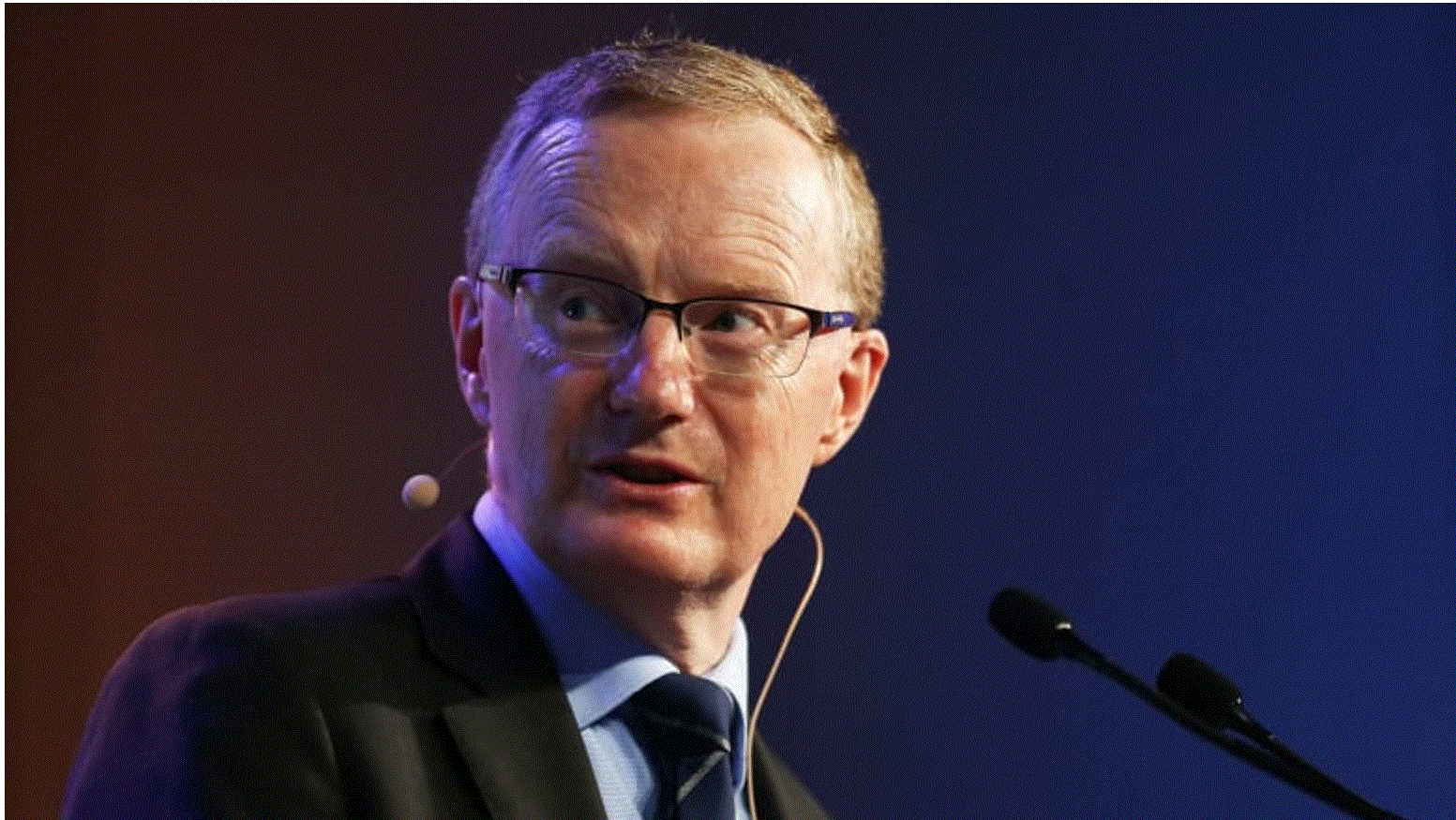
Inflation will remain stuck at the low end of the Reserve Bank’s target range until at least the end of 2020, and even dip below 2 per cent in the current quarter, the central bank said, confirming interest rates will not rise anytime soon.
In its quarterly Statement on Monetary Policy released on recently, the RBA forecast economic growth would be about 3 per cent or higher between now and the end of 2020, and the unemployment rate would gradually slide from 5.4 per cent to 5 per cent, which is regarded as “full employment”.
Wages will be a key factor in determining the inflation outlook. The RBA continues to expect the improvement in the labour market and economy to bring a lift in wages growth over time. But that wages growth remains low and this “is likely to continue for a while yet”.
Since the last Board meeting, the RBA also received an update on consumer prices. Despite it showed headline inflation edged up to 2.1% per annum, but underlying inflation remained under the RBA’s 2-3% target band at 1.9%.
The RBA also said the consumer priceindex (CPI) would dip to about 1.75 per cent in the current September quarter because of “one off” drops in electricity and gas prices and changes to childcare subsidies, and the CPI would then remain between 2 and 2.25 per cent until 2020, the end of its estimate.
Thus, in forecasts some economists think are too optimistic, the RBA said wage growth would gradually improve, which would ultimately justify higher interest rates as higher pay packets pushed up consumer prices.
No ‘strong case’ for rate hikes
The Reserve Bank of Australia (RBA) board met this week and left the official cash rate on hold at 1.50%. The RBA is unlikely to move the cash-rate lever any time soon and the language in this statement said very little to suggest otherwise.
“Higher interest rates are likely to be appropriate at some point, if the economy continues to evolve as expected,” the statement said.
The positive RBA commentary comes amid fears that the gradual recovery could be derailed by falling house prices in Sydney and Melbourne, which could cause consumers to cut back on spending, due to perceived negative “wealth effects” – people feeling poorer because of the falling value of their homes.
The RBA acknowledged property prices were “easing,” but showed few signs of concern, saying the price declines were “modest” compared with last year’s peaks.
Despite fears of a credit crunch, the central bank also said banks were still competing aggressively to lend to owner-occupiers, many of whom were getting cheaper credit now than a year ago. The RBA’s figures showed the average interest rate being paid on variable rate home loans had fallen by 10 basis points in the past 12 months.
‘No urgency’
The central bank also played down fears of significant interest rate hikes by banks.
Smaller lenders have raised interest rates in recent months, sparking predictions the big four would follow, but the RBA said bank funding costs remained “low by historical standards.” It said the rise in bank funding costs was “significantly less” than the 20 basis point increase in interbank lending rates.
The cash rate has not moved from its record low of 1.5 per cent in the last two years, and markets are betting RBA governor Philip Lowe will keep it on hold until mid-next year, if not longer.
Westpac chief economist Bill Evans, who is predicting official interest rates will remain unchanged until the end of 2019, said the RBA appeared to be banking on a gradual return to “normal conditions”.
“There is a clear sense that there is no particular urgency to change the policy stance and a forecast of 2.25 per cent underlying inflation and 5 per cent unemployment in 2020 certainly confirms that view,” Mr Evans said.
In addition, on the global front, some pessimism also entered the fray with the RBA characterising growth in China has having “slowed a little”. This description is a downgrade from the July statement where Chinese growth was characterised as continuing to “grow solidly”.
The RBA repeated that the global economic expansion is continuining and that one uncertainty regarding the global outlook stems from the direction of international trade policy in the US.
Therefore, ANZ Bank economists David Plank and Jo Masters said the RBA wouldn’t need inflation to be in the middle of its 2 to 3 per cent target band for it to raise interest rates, but it would have to be forecasting inflation at these levels – something they expect will occur by this time next year.
—————————————————————————————————————————————————————————–Source:
Sydney Morning Herald, Low inflation means there’s no case for ‘near term’ rate hikes: RBA, https://www.smh.com.au/business/the-economy/low-inflation-means-there-s-no-case-for-near-term-rate-hikes-rba-20180810-p4zwrz.html
St George bank interest rate outlook, Labour Market in Focus for the RBA pdf


